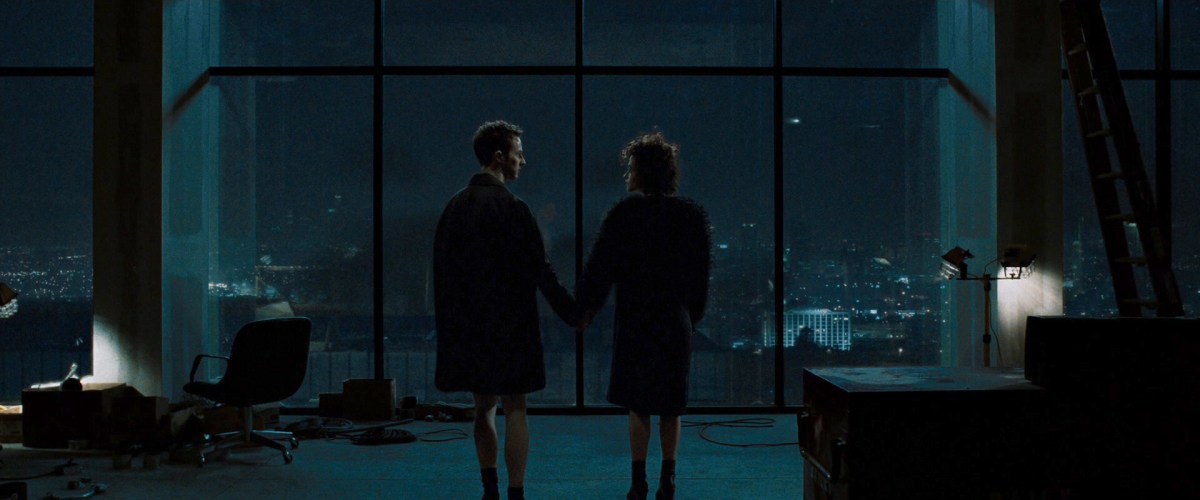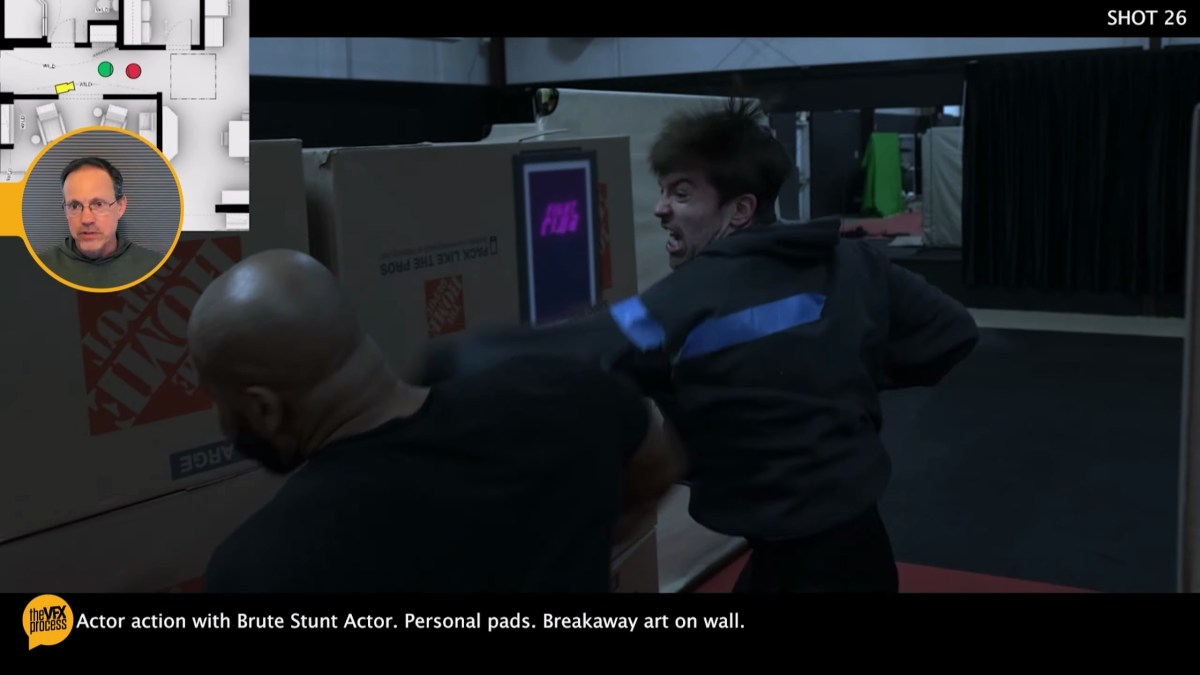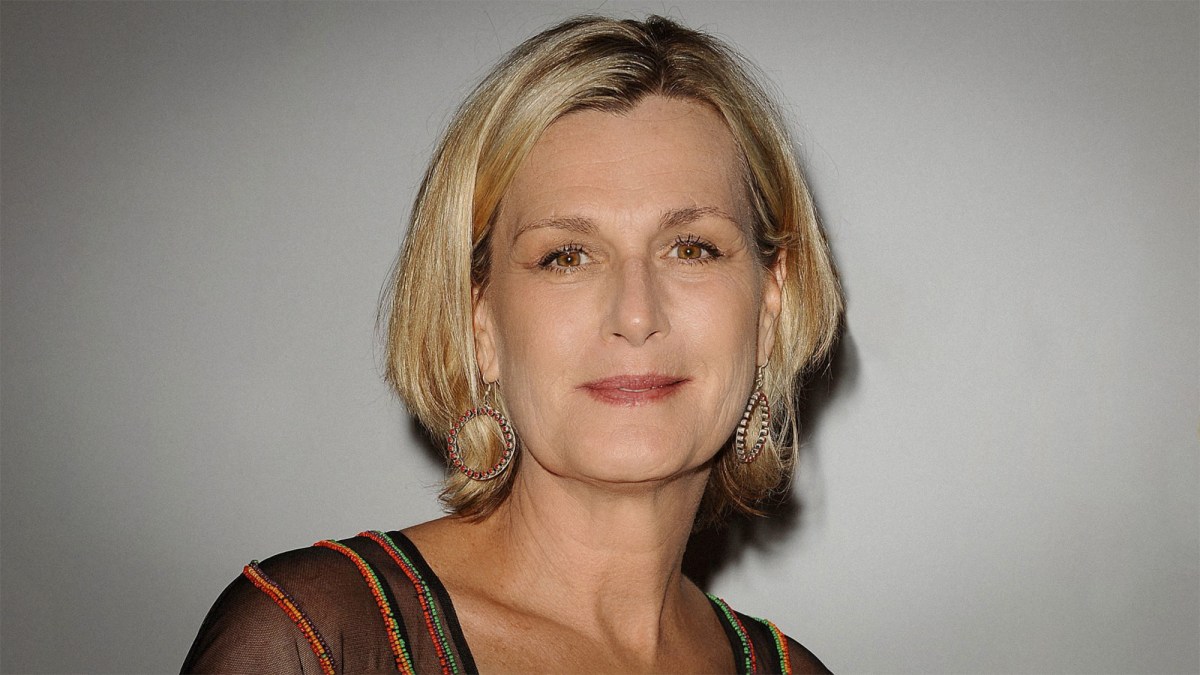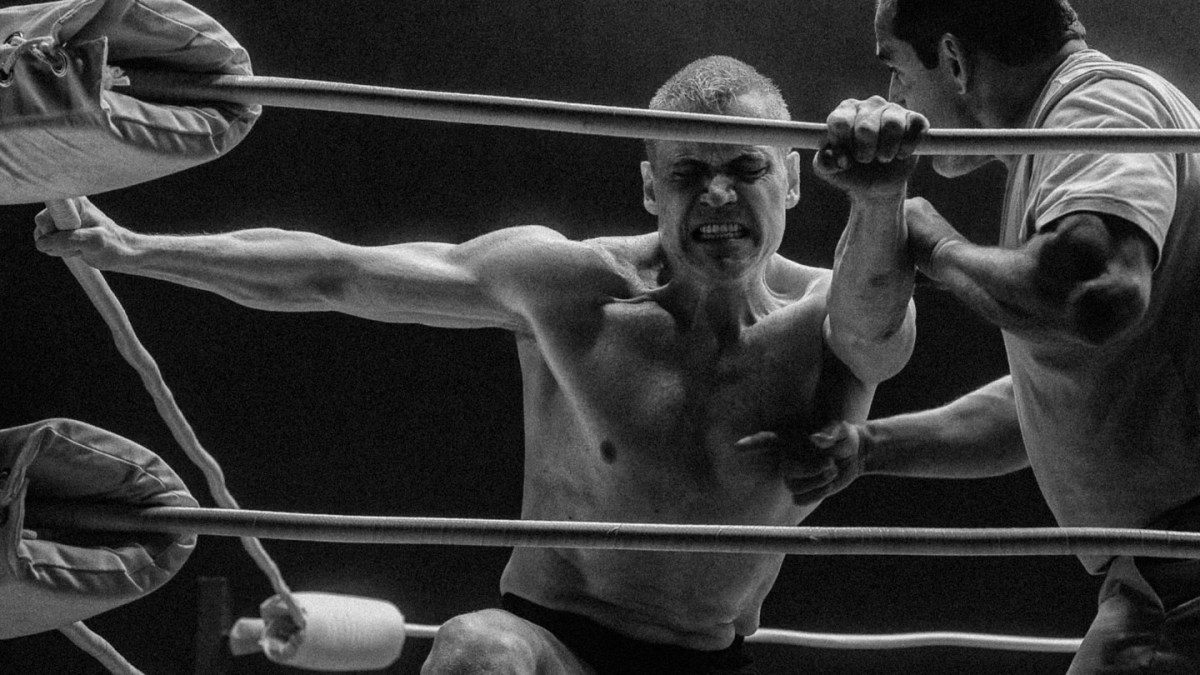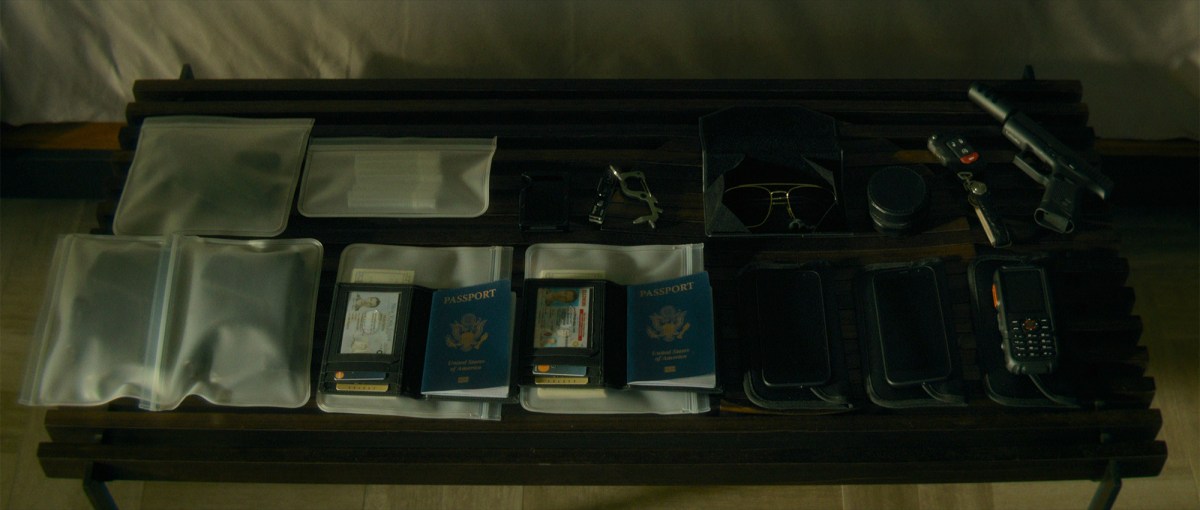I am Travis’ Essay on Love, Sex, Masculinity, and Fight Club
Travis Woods
March 2024
Bright Wall/Dark Room: Issue 129: 1999
A dark room. Two bodies in the center, colliding beneath the amber haze of a single hanging light bulb.
The first rule of watching Fight Club is: the film is not misogyny-pumped propaganda for incels.
All you can hear are flat, hard packing sounds over yelling.
The second rule of watching Fight Club is: the film is NOT misogyny-pumped propaganda for incels.
Muscles ripple. Lips pull back from teeth like swollen window shades.
Third rule of watching Fight Club: it’s not an anti-capitalist tract; it’s not really a consumer critique.
The wet choke of a gasp. Snorting bull-breath plumes of carbon dioxide exhale from one face into another.
Fourth rule: it’s not even an indictment of white-collar workplace drudgery at the end of the 20th century.
An arm wraps around a neck from behind, the crude approximation of a desperate headlock.
Fifth rule: it’s not a movie in support of anarchism, fascism, terrorism, or any other –ism.
That arm slips upward from all the sweat and the momentum, catching the other’s lip, hard.
Sixth rule: of all things, it’s a film about taking responsibility.
That lip bursts. An arc of spit, braided with a little bit of blood, sprays out into the darkness in a bubbly pink froth. For some reason, they both think of soap when they see this. And smile.
Seventh rule: it’s about a boy terrified of a girl, and of what she might mean for him. Mean to him.
The two bodies fall back down onto the sweat-softened mattress as one. This rawboned man, this bedraggled woman. She pretzels her legs around his hips, his laughing mouth is pulled to hers.
And the eighth and final rule of watching Fight Club: this is a fucking love story.

